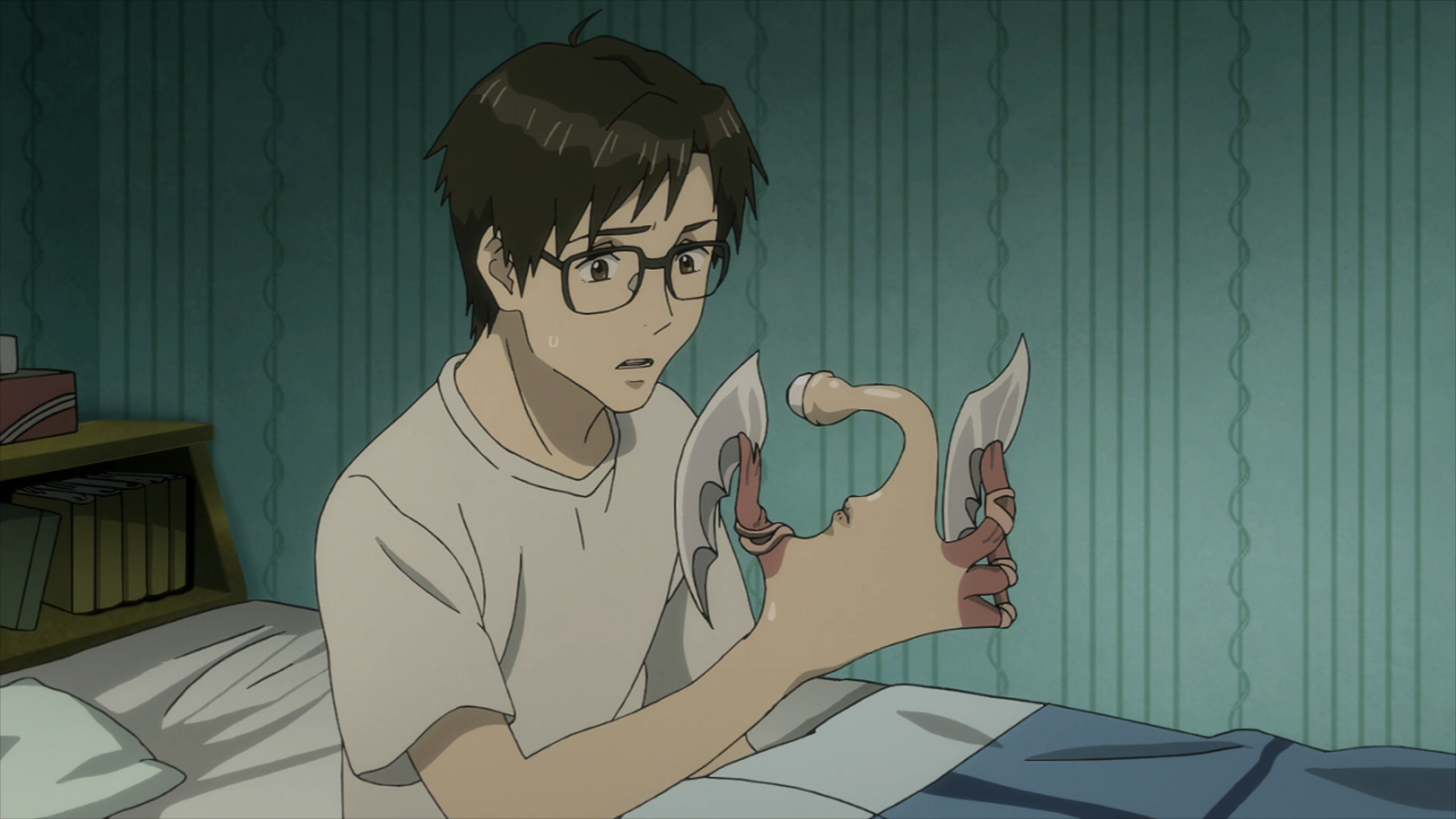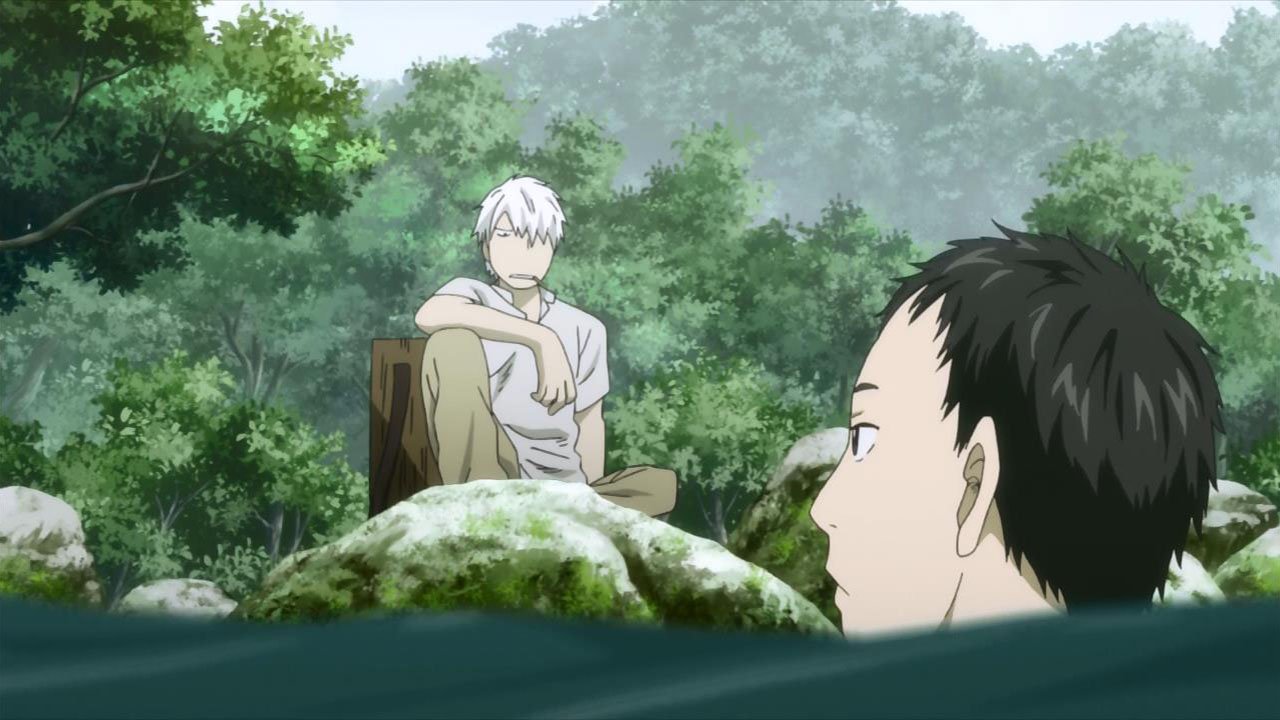Why Redline Is the Most Underrated Racecar Film

Lightning McQueen taught us very young that speed is the real deal.
Who didn’t drool at the tiny blue boxes of Hot Wheels back then? Cars and racing have been part of an ongoing fantasy since the day of their creation. It’s a symbol of testosterone-oozing competition and precision, and cars are the one timeless obsession that you just can’t grow out of. Redline, a 2009 animated movie directed by Takeshi Koike, exponentially brings to life the world of racecars and explodes all cliches and misalignments to create a landmark movie. It’s fast and furious [arguably better than the homonymous franchise] and Redline scores an easy 10/10.
10 years is a long time to spend on a project, but that’s about the length that the team of creators spent on Redline. The attention to detail is actually one of the selling points, as the animation was hand drawn. In fact, Redline is popular for the quality of its animation: a classic move from MadHouse, the cult favourite anime production company. Its theater debut was in 2010, a year after its original release, and though it seemed like box office failure then, dedicated fans blew it up in the years after. Redline is approaching its 15th birthday, but barely aged a day.
The story is actually the least interesting part of Redline; it’s a perfect watch for those who’d rather indulge in the action and graphics. It follows Sweet JP, a futuristic rockabilly racecar driver, aiming to be the next big thing in his field. He was chosen to be part of the Redline race, a prestigious competition that is threatened by government officials that are doing everything to put it to a halt.
But Redline is lightyears away from our homey Earth: starring planet Dorothy and Roboworld, aliens, humanoid animals, and various creatures with no biological label intertwine in this far corner of the cosmos, to the delight of the watcher. Every character is original, and the vehicles in question fetch beyond our expectations.
The sci-fi themes and objects in Redline disrupt science and prefer loaded guns, incessant bombs, and lasers.
About the Author:
Mizuki Khoury
Born in Montreal, based in Tokyo. Sabukaru’s senior writer and works as an artist under Exit Number Five.





